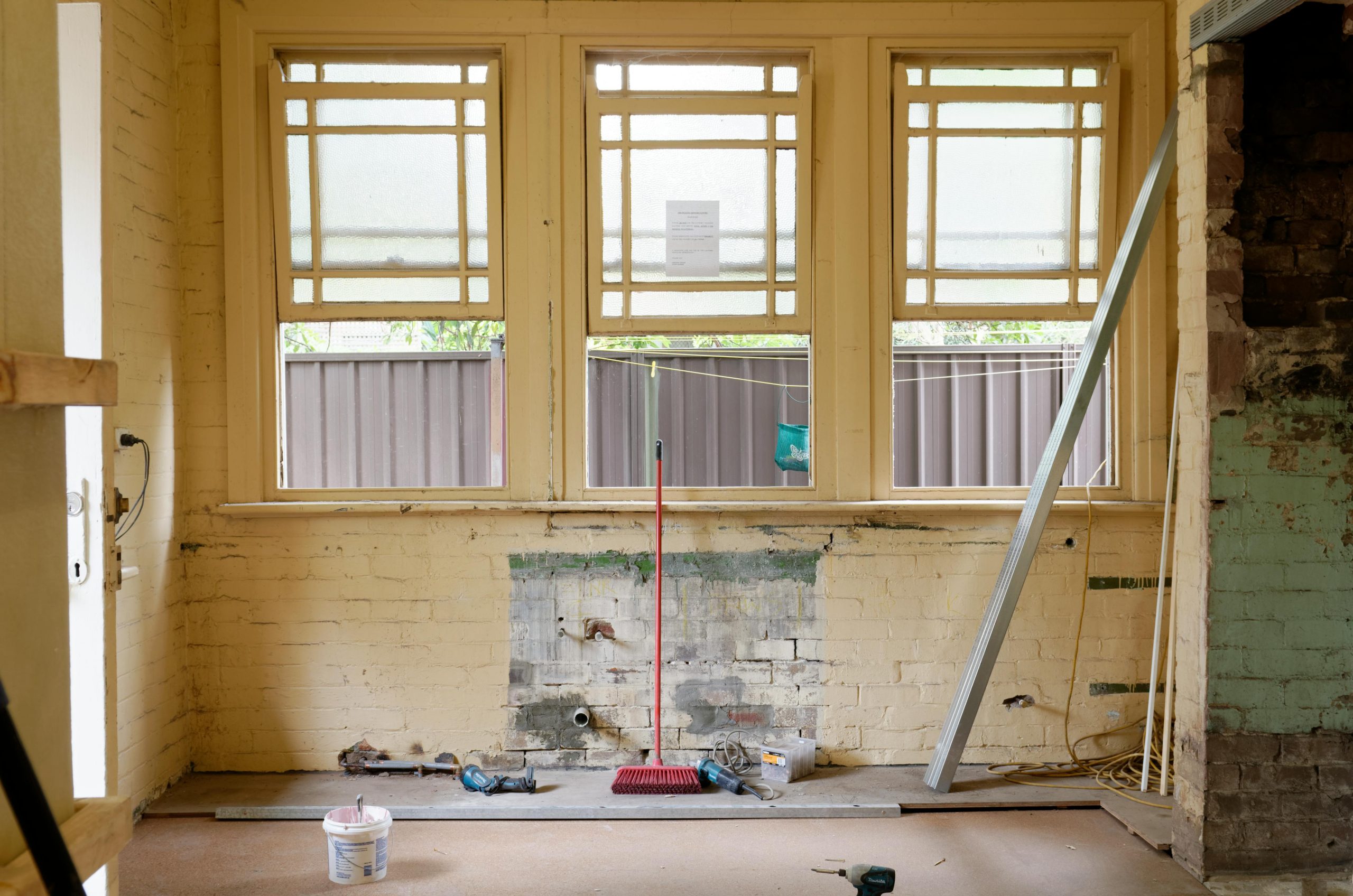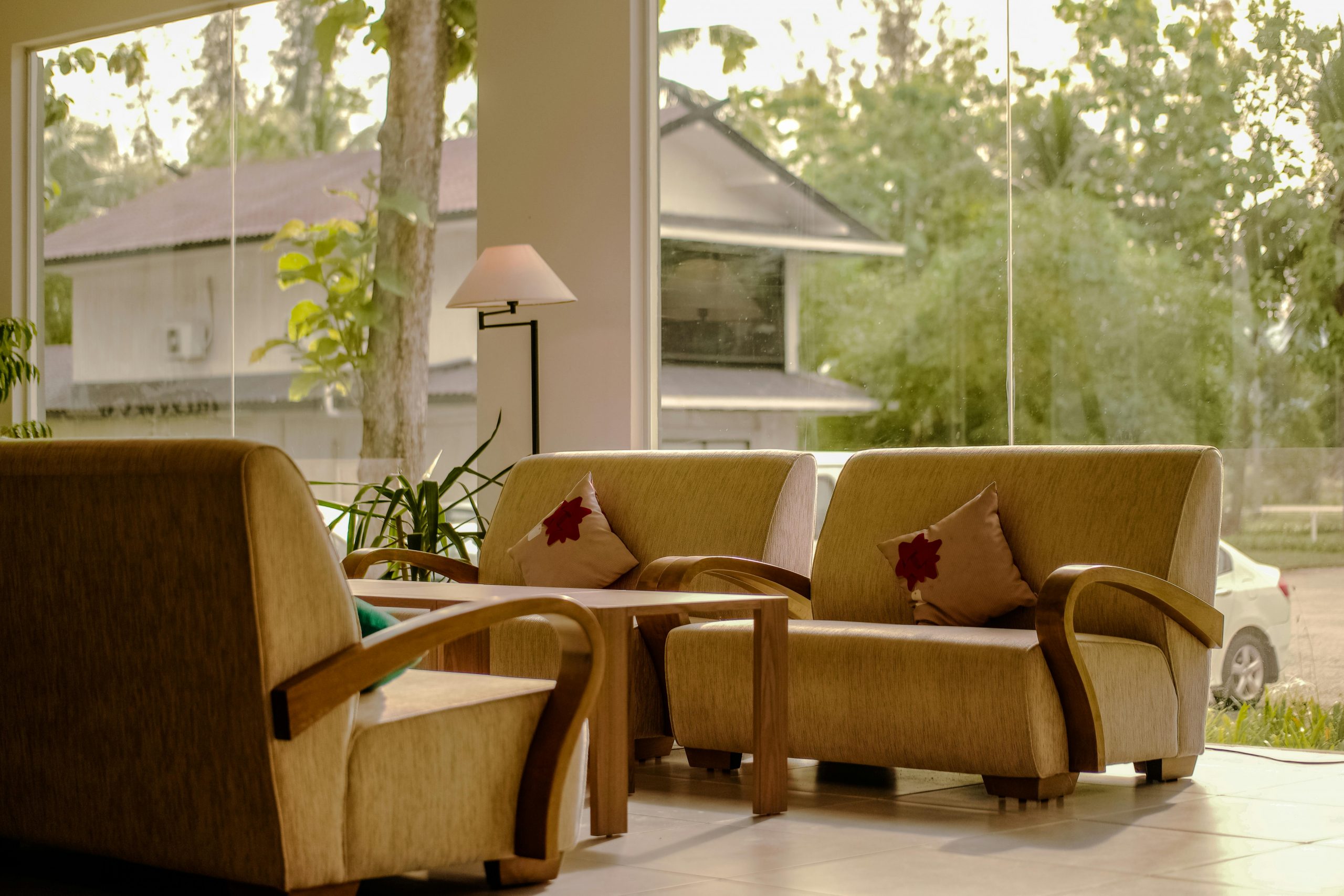- Technological innovations can seamlessly integrate into historic homes, offering modern conveniences without compromising architectural integrity or aesthetic value.
- Enhancing natural lighting and reconfiguring spaces transforms cramped rooms into inviting, spacious areas, significantly improving the home’s overall ambiance.
- Furniture and decor that blend traditional and contemporary styles create a cohesive interior, respecting the home’s heritage while ensuring comfort.
- When repurposed creatively, classic architectural elements can add functionality and uniqueness to modern living spaces, showcasing innovative design solutions.
- Renovating historic homes with modern updates presents challenges but offers rewarding opportunities to combine the best of both eras in home design.
Renovating a historic home is a labor of love and an opportunity to weave the rich tapestry of the past with the vibrant present thread. For home renovators, history buffs, and design enthusiasts, the process is a thrilling challenge that involves balancing respect for original craftsmanship with the conveniences of modern living. This endeavor breathes new life into structures steeped in history and ensures they remain functional and beloved for generations.
The Planning Phase

The planning phase is a crucial starting point in renovating any historical home. It involves thorough research, careful consideration of the home’s architectural heritage, and strategic decision-making to blend historical accuracy with modern necessities. During this stage, renovators must identify which features are essential to preserve and which areas can be updated to meet contemporary standards of comfort and efficiency. Collaborating with architects, historians, and local preservation societies can provide valuable insights into the home’s significance and guide the preservation of its unique characteristics while ensuring the updates adhere to regulatory standards.
Understanding Historical Significance and Legal Considerations
Before embarking on this renovation voyage, it is crucial to understand your home’s historical significance. Many historical properties are protected under local, state, or national preservation laws, which can significantly influence your renovation plans. Early research and consultations with preservation officers can illuminate what is permissible and help set the stage for a respectful update.
Choosing the Right Team for Your Renovation Project
Enlisting the right architects, builders, and designers who share your vision and have experience with historical properties is pivotal. These professionals can provide invaluable insights into blending historical precision with modern functionality.
Setting Goals for Your Blend of Old and New
Clearly defining what you want to achieve helps you navigate the complexities of renovation. Whether you’re incorporating energy-efficient heating systems or updating the living spaces to accommodate contemporary lifestyles, your goals should guide every decision.
Assessing the Structure’s Integrity
A thorough evaluation of the foundation, roofing, and key structural elements is essential. This assessment reveals the historical home’s current condition and identifies areas that require meticulous attention to retain the building’s integrity.
Respecting the Original Architecture
When modernizing a historic home, paying homage to the original architectural elements that contribute to its character and charm is crucial. This involves preserving unique features such as molding, fireplaces, windows, and doorways and incorporating them into the new design to honor the past while seamlessly integrating contemporary conveniences. Respecting the original architecture requires a delicate balance, ensuring modifications do not overshadow the home’s intrinsic historical value.
Strategies for Maintaining the Home’s Original Character and Aesthetics
Choosing which features to meticulously restore and which to thoughtfully update requires a deep appreciation for the home’s architectural heritage. This might mean preserving ornate woodwork and fixtures or employing artisans skilled in historical techniques for authentic restoration efforts.
Modern Amenities and Sustainability
Introducing energy-efficient solutions, such as solar panels or geothermal heating, offers a way to modernize your historical home without detracting from its aesthetic. The key is finding a balance that respects the past while embracing sustainability.
Design Elements in Historical Home Renovation
Opting for materials, colors, and textures that complement rather than clash with the existing architecture allows for a seamless integration of old and new. This might involve using reclaimed wood for flooring or choosing paint colors that echo the home’s era.
Smart Home Technology
Today’s technological innovations can be inconspicuously woven into the fabric of historical homes. Whether concealed climate control systems or wireless security features, modern tech can enhance living without marring timeless designs.
Innovative Uses for Classic Features
Reimagining how classic architectural elements function can add unexpected versatility to your home. A traditional barn door, for example, might find new life as a unique, space-saving entry to a modern home office or pantry.
Lighting and Space

Maximizing natural light and reimagining the use of space can transform dark, cramped rooms into bright, airy living areas. Thoughtful modifications can significantly impact, such as enlarging windows or repurposing underutilized spaces.
Furniture and Decor
Selecting furnishings that straddle the line between past and present allows for a cohesive design that honors the home’s heritage while reflecting contemporary comfort. This often involves hunting for period-appropriate pieces or choosing modern items with a nod to historical styles.
Conclusion
The adventure of renovating a historical home with a modern twist is fraught with challenges but rich with rewards. By approaching each decision with thoughtfulness and creativity, crafting a living space that stands as a testament to the beauty of blending eras is possible. It’s a respectful nod to the craftsmanship of yesteryears paired with a forward-looking vision that embraces the future.






